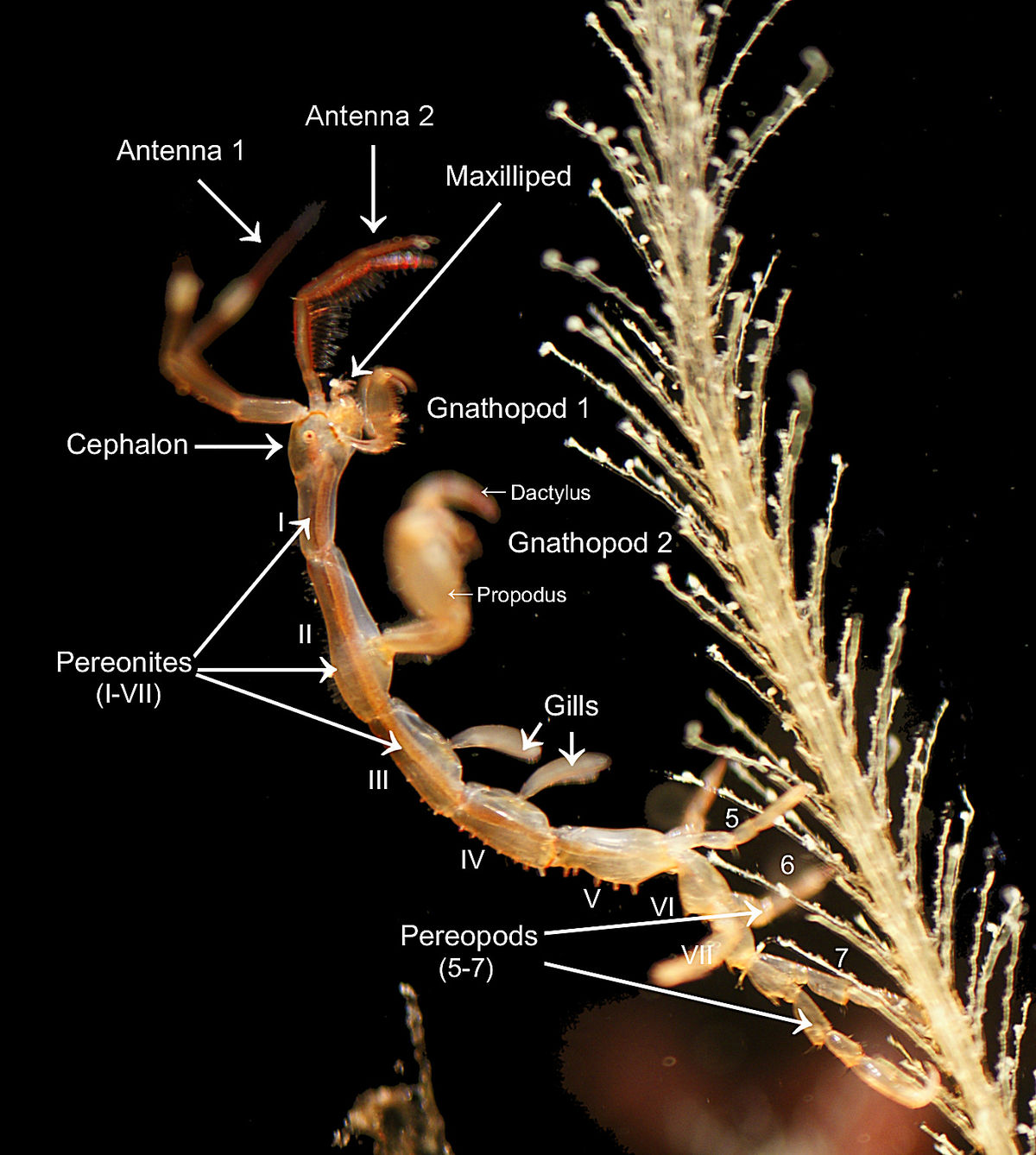And we’re back! In this post, we will continue discussing creating a writing system for your conlang, diving into a few more practical details to help you plan and design a writing system that fits your language. For previous posts on constructing a language, click here!
Types of Writing Systems
Omniglot has a ton of information about writing systems and languages, so check it out if you are interested. I’m just going to briefly describe the different types:
Consonant alphabets: consonants have their own letters, and vowels may be indicated by consonant letters or by diacritics (Arabic, Hebrew).
Alphabets: letters represent vowels and consonants. Each letter might have only one sound, or a letter might represent a set of sounds (English, Russian, Georgian).
Syllabic alphabets: symbols represent a syllable–a consonant and inherent vowel. The vowel might be modified by diacritics, or have its own symbol if it’s the start of a word (Hindi, Nepali).
Syllabaries: the symbols represent a syllable–usually a consonant and a vowel (Japanese, Cherokee).
Logographic: a symbol represents the meaning and the sound. They might resemble the things they represent, or they might be an abstract representation (Chinese, Egyptian hieroglyphs).
Getting some familiarity with different types of writing systems is extremely helpful for creating your own. Would you prefer an alphabet-based system for ease? Or are you going all out in creating a complex, logographic system? Take a look at Omniglot for excellent sources of inspiration, whether from the real world or another conlang.
Applying Some Basic Principles
So, after you get an idea of what kind of writing system fits your language, it’s time to start experimenting with design. This part is one of the most fun! All you need is a piece of paper and pencil, or you can use a drawing tablet if you have one.
Graph paper might be helpful for those who like lots of visual organization, but it’s not necessary. Here are some simple sketches of possible characters or letters in a writing system:








This is a great opportunity to play around with lines, curves, circles, squares, dots, and squiggles. Perhaps you want an alphabet that is composed of straight lines–try making combinations of lines and different angles. Maybe you want a more flowy script–sometimes just letting your hand go free with the curves will lead to some interesting ideas. I also sketched some characters in a more square configuration, as well as some more circular shapes (generally). Combining several of these elements will create a more complex system, if that is what you are looking for.
Korvet’s Alphabet
Korvet uses an alphabet, read from left to right. After some time of experimenting with different shapes, I came up with this:

I wanted there to be a more flowy element to the written language, something that could flow and fit together as it is written. Keep in mind that it took me a long time to perfect my ideas–this was NOT the starting product. So, remember to have patience with your own process.
You can see how I build upon certain elements. For example, when converting the basic vowels to dipthongs or making variations, I took the original letter and added/changed a different element to indicate a change in sound. The letter for /a/ loses its dot and gains a line to make the dipthong /ai/.
Here is a sentence written in Korvet:

Some Considerations for Creating a Writing System
There a few things I recommend considering, should it be relevant to your particular conlang.
First, consider its history. If your world follows roughly the same progression in written language systems, the first media for writing would likely be stone, clay, wood, or bones. This will limit how some languages can be written. If it’s carved in stone, it probably cannot have many curves. Straight lines will be much more practical unless there is a high level of specialty involved (such as a scribe class that is paid to carve complex characters). If the writing system is painted on a surface, that allows for more curves and complexity. Using other simple shapes like wedges could also be practical (think Sumerian cuneiform). Then, as time goes on and media like paper or vellum develop, scripts can evolve with those advances.
Second, think about how practical it is to write these languages quickly. When you are writing, are you focusing on creating every letter or character perfectly? Probably not. Languages frequently develop ways to make writing more practical, such as cursive or shorthand. Consider how your language might reflect that.
Third, keep in mind the direction of reading and writing you want. English and Korvet are read from left to right, top to bottom, in rows of text. However, traditional Chinese is read from right to left, top to bottom, in columns.
Lastly, the concepts I have covered here assume a human or humanoid writer that has hands with five digits. If you are creating a world filled with nonhuman species, you could have a lot of fun coming up with ways to adapt their writing to their two-fingered hands, tentacles, claws…whatever you can imagine! For example, in The Elder Scrolls V: Skyrim, the dragon language is written with large claws and reflects that. In Arrival, the aliens use tentacles and ink blots to write.


Wrapping Up
I hope you find some of these basic ideas for creating a writing system helpful. As you develop your conlang, you might find your writing system inspires changes in your phonology or syntax, or vice versa! It is not a linear progression to create a language, so keep that in mind.
Though I don’t feature the writing systems themselves in The Warriors of Bhrea, my books feature a few conlangs of my own creation! Check out my books here.













